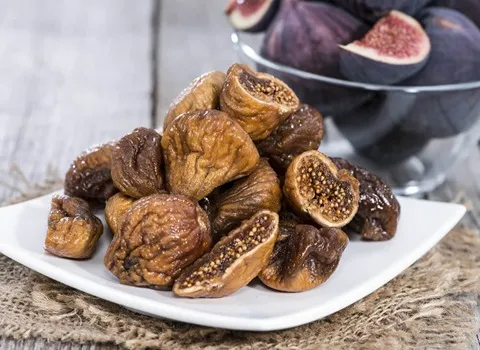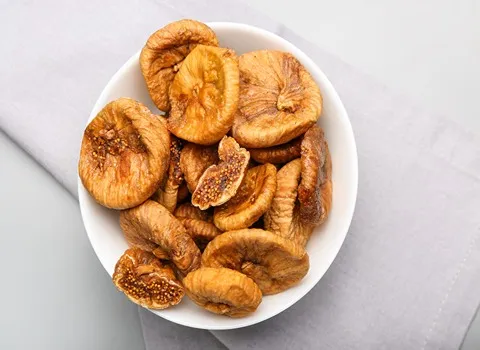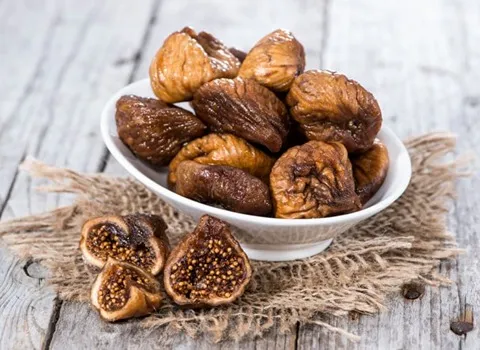Dried figs are a delightful and nutritious fruit that is beloved by many for its sweet taste and chewy texture.
These delectable treats are made from fresh figs that have been dried, resulting in a concentrated burst of flavor that is both satisfying and wholesome.
But have you ever wondered about the plant that produces these delicious fruits?
Let's delve into the world of the dried figs fruit plant to discover its fascinating origins, growth habits, and health benefits.

Dried figs fruit plant
The dried figs fruit plant, known botanically as Ficus carica, is a member of the Moraceae family, which also includes mulberries and breadfruit.
This ancient plant has been cultivated for thousands of years for its tasty and nutritious fruits, which are enjoyed fresh or dried.
The fig tree is a deciduous shrub or small tree that can grow up to 30 feet tall and thrives in warm, Mediterranean climates.
It has distinctive palmate leaves and a gnarled trunk, giving it a unique and picturesque appearance.
One of the remarkable features of the fig tree is its unusual fruiting habit.
The fig itself is not a traditional fruit but a hollow, pear-shaped receptacle known as a synconium.
Inside this structure, tiny flowers bloom and produce the seeds that give figs their crunchy texture.

The fig tree has a unique pollination process that involves a symbiotic relationship with a tiny wasp called Blastophaga psenes.
These specialized wasps crawl inside the fig to lay their eggs and inadvertently pollinate the flowers, allowing the fruits to develop.
However, in cultivated fig varieties, pollination is often achieved through human intervention to ensure a reliable fruit set.
The cultivation of fig trees is a labor-intensive but rewarding endeavor.
Fig trees prefer well-drained soil and plenty of sunlight to thrive, making them ideal for planting in gardens and orchards.
They are relatively low-maintenance plants, requiring regular watering and occasional pruning to maintain their shape and productivity.
Fig trees are also well-suited to container gardening, making them a versatile option for those with limited space or poor soil conditions.
The process of harvesting and drying figs is an age-old tradition that preserves the fruits' natural sweetness and flavor.
Depending on the variety, figs can be green, purple, or black when ripe, signaling the perfect time for picking.

Fresh figs are delicate and perishable, which is why drying them is a popular method of preservation.
Drying figs involves exposing them to sunlight or heat until the moisture content is reduced, resulting in a chewy and concentrated snack that can be enjoyed year-round.
Nutritionally, dried figs are a powerhouse of vitamins, minerals, and dietary fiber that offer numerous health benefits.
These fruits are rich in antioxidants, particularly phenolic compounds like quercetin and gallic acid, which help fight inflammation and oxidative stress in the body.
Dried figs are also a good source of vitamins A and K, as well as minerals such as potassium, calcium, and iron.
The fiber content in figs promotes digestive health by supporting regular bowel movements and maintaining a healthy gut microbiome.

In conclusion, the dried figs fruit plant is a treasure trove of nutritional goodness and potential health benefits that deserve a place in your pantry and on your plate.
From their unique growth habits to their delicious flavor and impressive nutrient profile, dried figs offer a multitude of reasons to enjoy them regularly.
Whether you savor them as a satisfying snack, a culinary ingredient, or a natural remedy, dried figs are a versatile and wholesome addition to a healthy lifestyle.
Embrace the goodness of dried figs and let the ancient wisdom of this remarkable fruit plant nourish your body and delight your senses.

